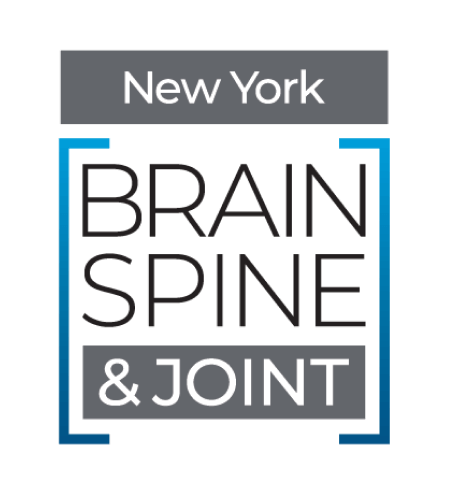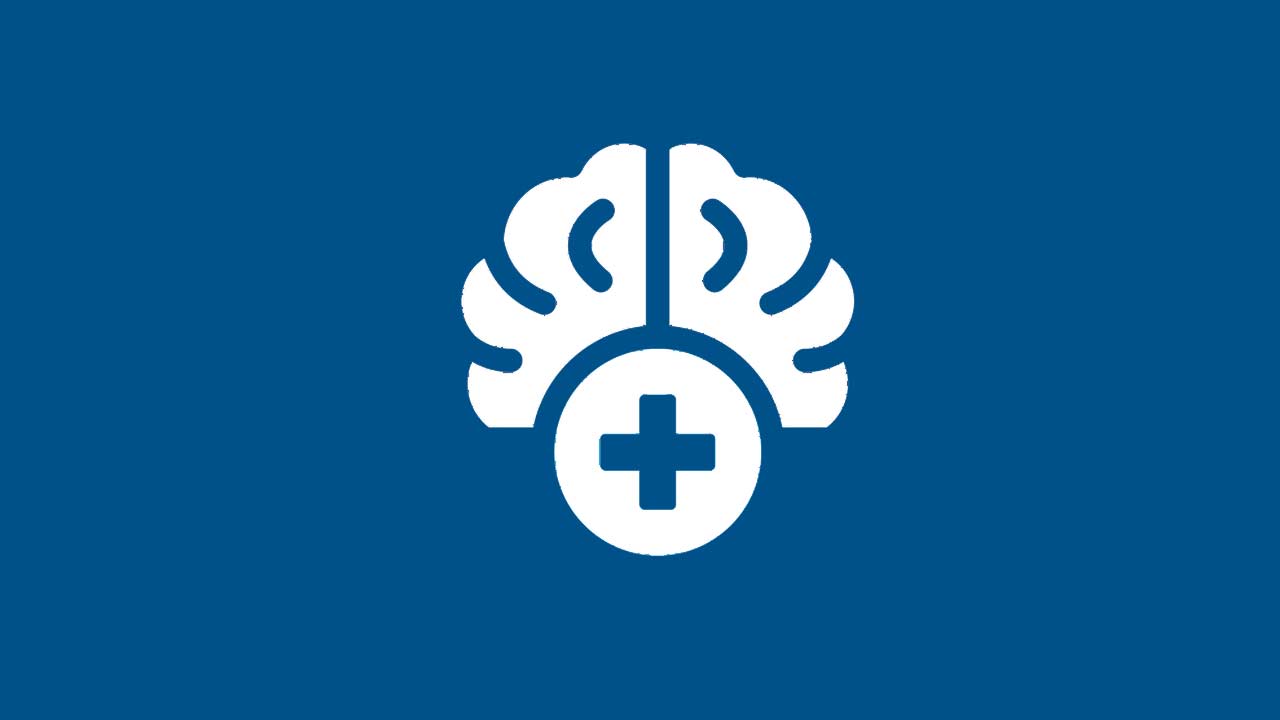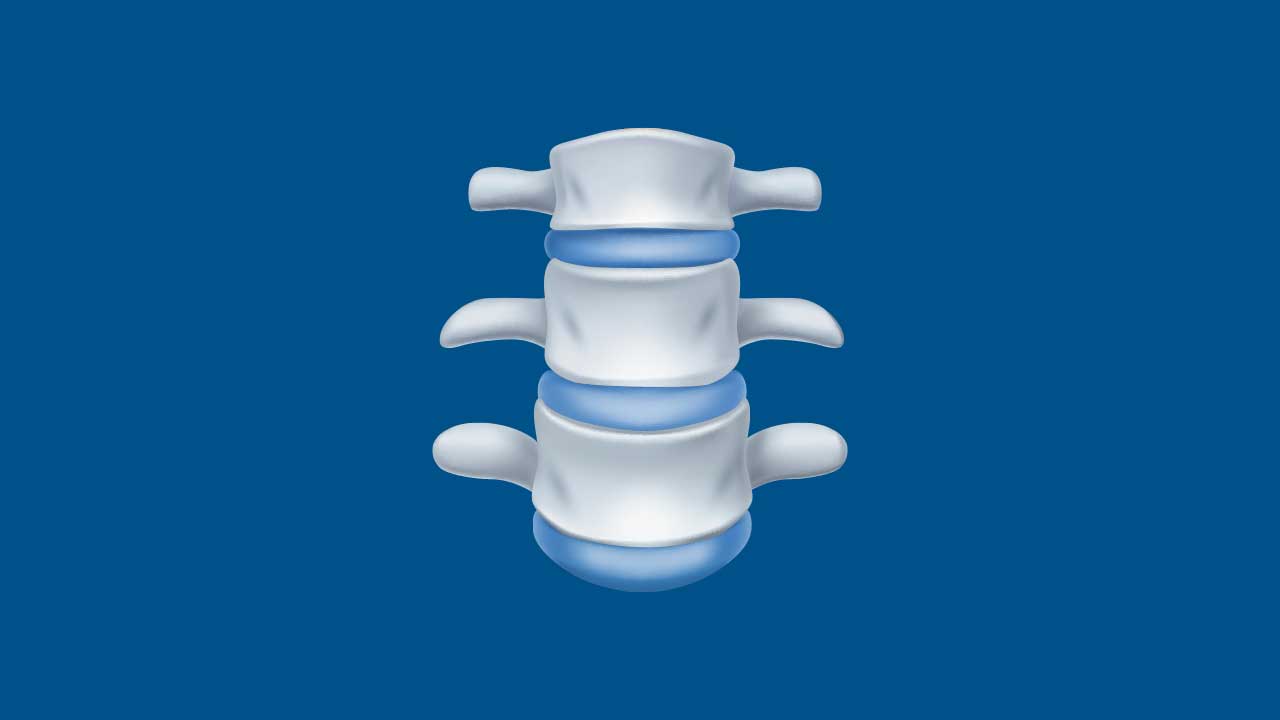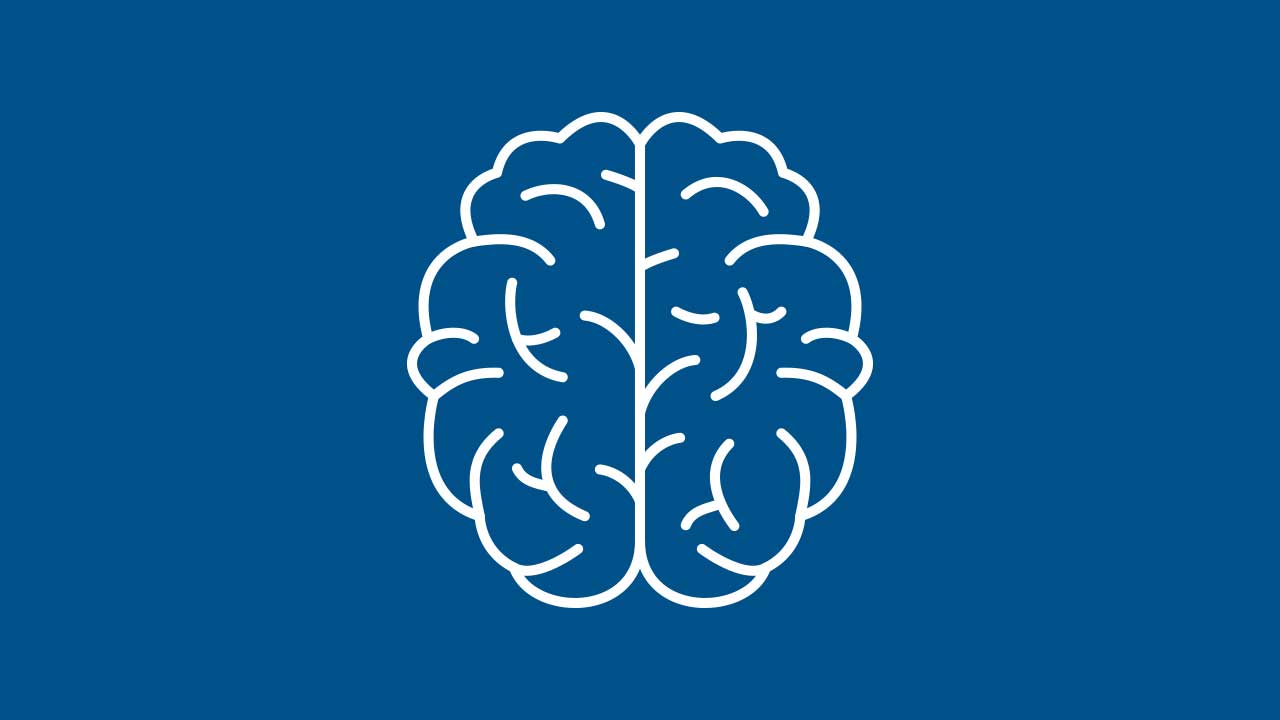Hydrocephalus
Share This Page
Hydrocephalus: Understanding, Diagnosing, and Managing Excess Cerebrospinal Fluid
Hydrocephalus is a neurological condition characterized by an excessive accumulation of cerebrospinal fluid (CSF) within the ventricles (cavities) of the brain. The increased fluid leads to raised intracranial pressure, which can affect brain function and cause a range of symptoms. Hydrocephalus can occur at any age but is most frequently seen in infants and older adults.
Understanding Hydrocephalus
CSF plays a vital role in cushioning the brain and spinal cord, delivering nutrients, and removing waste. Typically, CSF is produced within the ventricles, circulates around the brain and spinal cord, and is reabsorbed into the bloodstream. Hydrocephalus arises from an imbalance between CSF production and absorption or from blockages impeding normal flow.
Causes and Risk Factors
- Congenital Factors
Infants may be born with structural abnormalities like aqueductal stenosis, preventing CSF from flowing freely. - Brain or Spinal Cord Tumors
A growth can obstruct CSF pathways and lead to fluid buildup. - Infections and Inflammation
Meningitis, encephalitis, or bleeding (hemorrhage) in the brain can cause scarring that disrupts CSF circulation. - Normal Pressure Hydrocephalus (NPH)
Typically occurring in older adults, often presenting with a triad of gait disturbances, cognitive changes, and urinary incontinence.
Common Symptoms
- Infants
Rapid head circumference growth.
A bulging, tense soft spot (fontanelle).
Vomiting, sleepiness, irritability. - Adults
Headaches, neck pain.
Difficulty walking, problems with balance.
Cognitive decline, memory issues.
Urinary frequency or incontinence. - Older Adults with NPH
A “magnetic” gait—feet appearing stuck to the floor.
Mild dementia or confusion.
Bladder control problems.
Diagnosis
- Imaging Studies
Ultrasound: Useful in infants whose fontanelles are open.
CT Scan or MRI: Visualizes enlarged ventricles and identifies possible obstructions or associated abnormalities. - Neurological Examination
Evaluation of motor function, reflexes, coordination, and mental status. - Spinal Tap Test
In suspected NPH, removing a small amount of CSF can temporarily improve symptoms, confirming the diagnosis.
Treatment Options
- Shunt Placement
A ventriculoperitoneal (VP) shunt or similar device is surgically inserted to redirect excess fluid from the brain’s ventricles to another body area (e.g., the abdomen) where it can be absorbed. - Endoscopic Third Ventriculostomy (ETV)
A minimally invasive procedure creating a small opening in the floor of a ventricle, allowing CSF to flow more freely. - Medication
Certain diuretics (e.g., acetazolamide) may temporarily reduce CSF production, though surgical interventions are often more definitive. - Monitoring and Follow-Up
Regular check-ups are crucial, as shunt systems may require adjustments or replacements over time.
Recovery and Long-Term Outlook
- Rehabilitation Services: Physical therapy to improve gait, balance, and strength. Occupational therapy may help adapt daily tasks.
- Shunt Maintenance: Awareness of shunt malfunction or infection signs (e.g., fever, altered mental status, recurring headaches).
- Quality of Life: Many patients with well-managed hydrocephalus lead active, normal lives, though lifelong monitoring is often needed.
Our Multi-Disciplinary Approach in NYC
At our multi-location, multi-disciplinary medical practice in the New York City metro area, neurosurgeons, pediatric specialists, neurologists, and rehabilitative therapists work in tandem to diagnose and treat hydrocephalus. Through advanced imaging, surgical innovation, and comprehensive patient education, we aim to improve quality of life for patients across all ages.
Additional Resources
- National Institute of Neurological Disorders and Stroke (NINDS): Hydrocephalus
- Hydrocephalus Association
Conclusion
Hydrocephalus demands timely recognition and management to prevent progressive brain damage and related complications. With proper intervention—such as shunt placement or endoscopic procedures—many individuals experience significant symptom relief and can lead fulfilling lives. Our specialized team in NYC is ready to provide the personalized care you need at every step.
Disclaimer: This article is for informational purposes only and should not be used as a substitute for professional medical advice. Always seek advice from a qualified healthcare provider regarding any medical concerns.
























